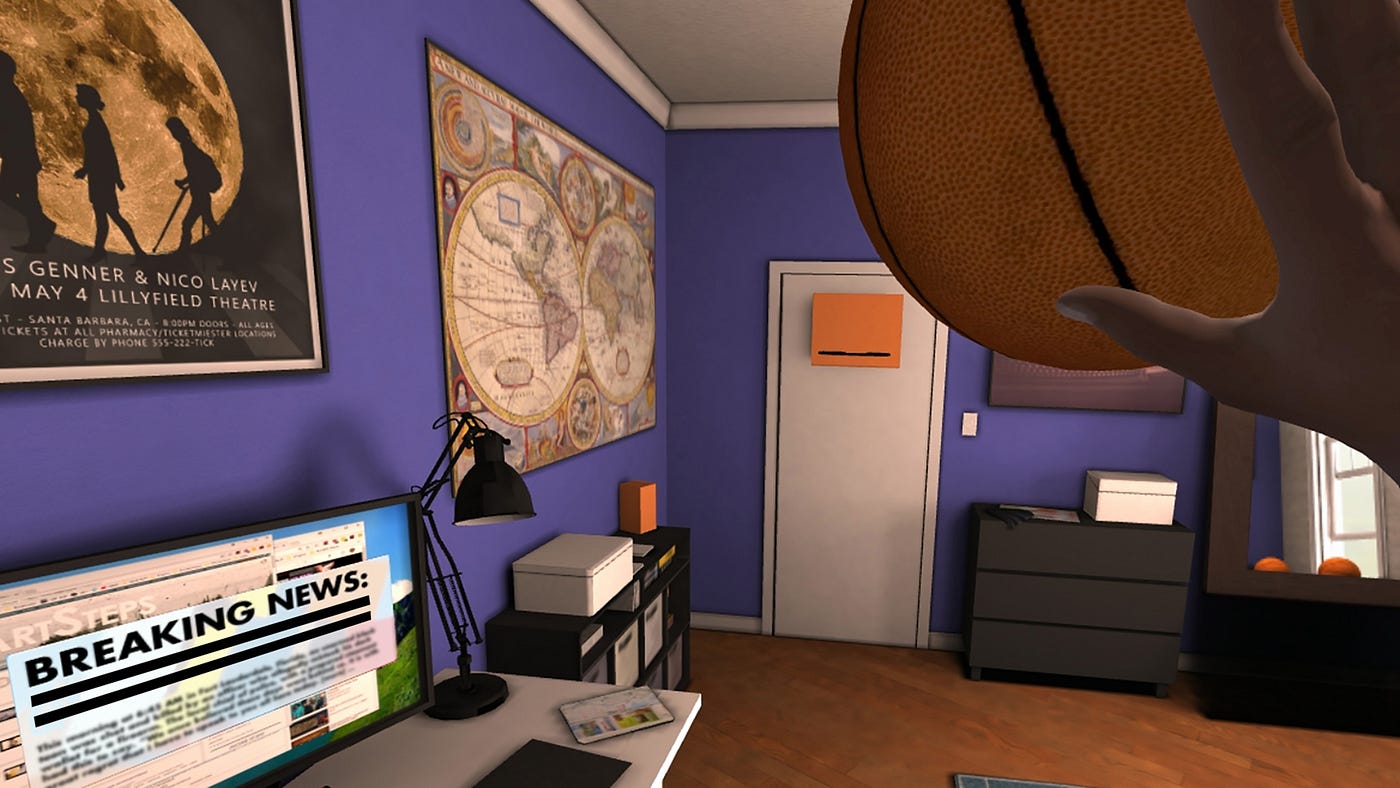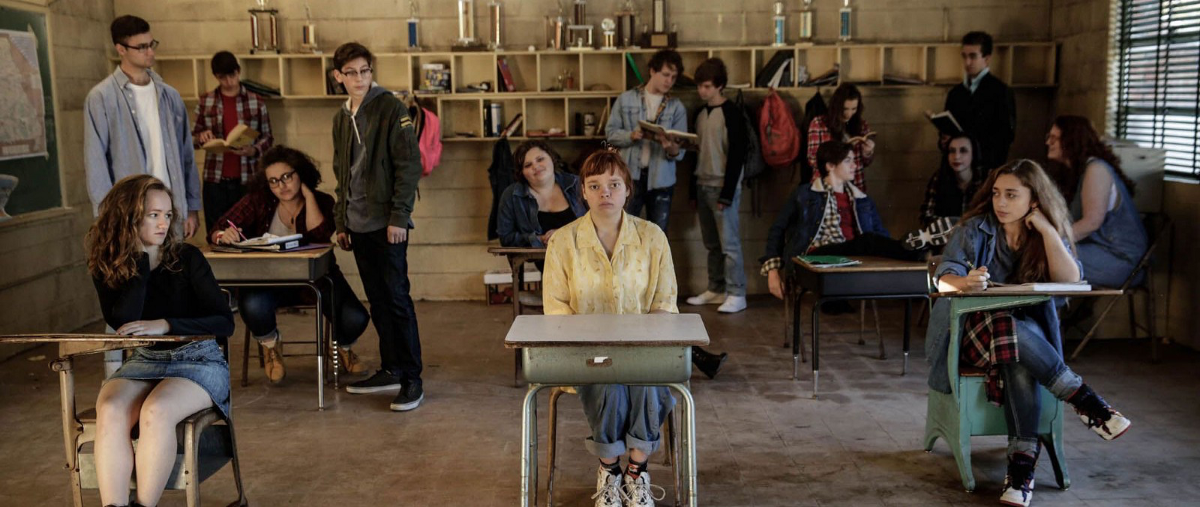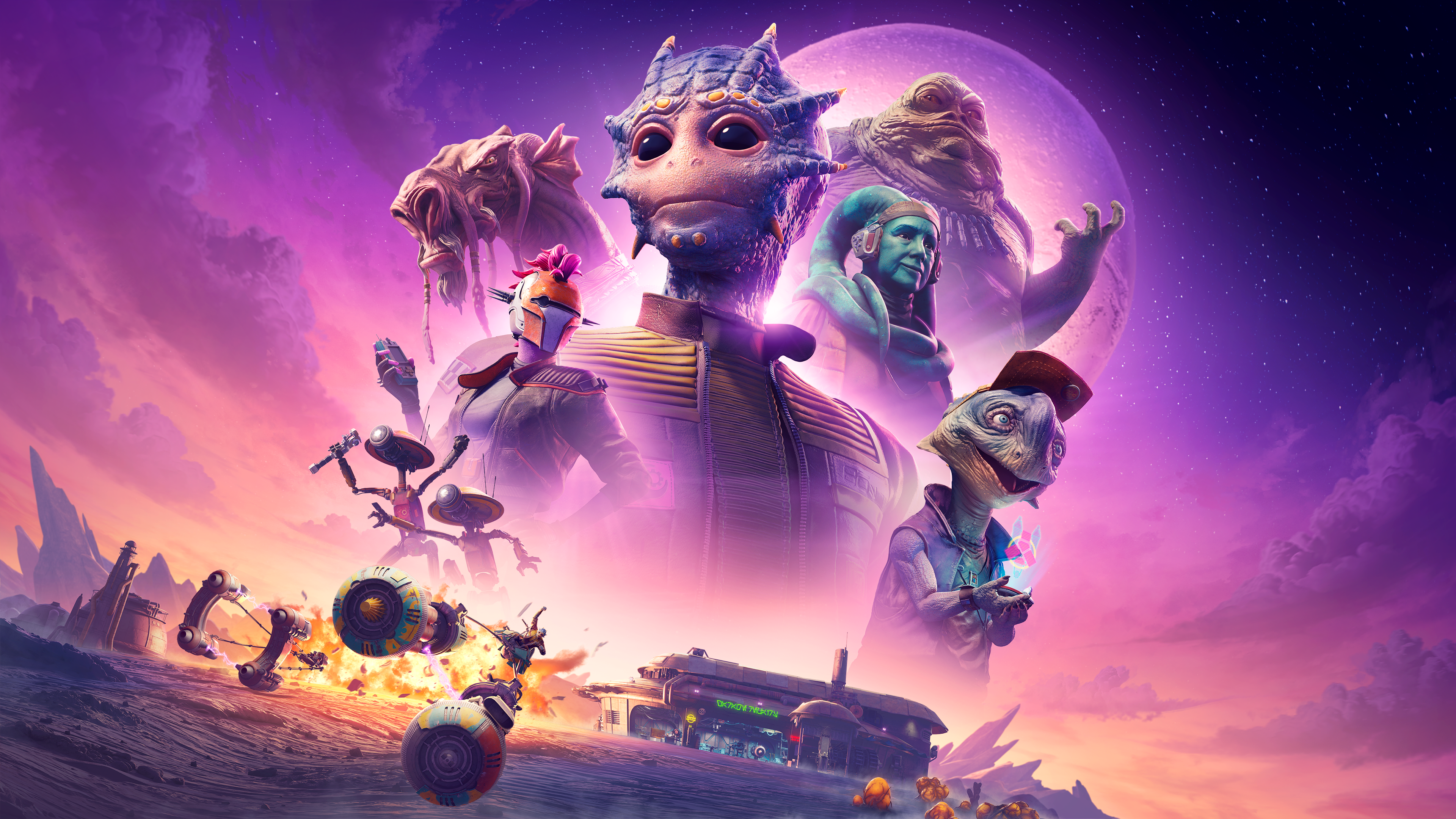Tackling racial microaggressions in ‘1000 Cut Journey’ and white supremacy in ‘Meeting a Monster’
I’m looking down at my hands in virtual reality. In some VR experiences, your hands are prefab, uncanny objects straight off the digital shelves: white-gloved, average size, always a canonical, race-less representation of what human hands should look like. But right now, when I look at my hands, they are small and they are brown.
I’m inside 1000 Cut Journey by Stanford Virtual Human Interaction Lab and Cogburn Research Group. 1000 Cut Journey is an interactive experience that plunges participants into the life of a black man named Michael Sterling as he encounters the realities of systemic racism through a series of micro-aggressions: first as a boy, then as a teen, and finally as a grown man.
Which is how I found myself sitting on the floor of the busy Virtual Arcade at Spring Studios in Tribeca, in the middle of the Tribeca Film Festival, getting yelled at by my classroom teacher. On the floor, I’m playing by myself, listening to the inane patter of the other kids nearby. A white child next to me throws something at another child. I do the same. Suddenly, the teacher is scolding me for throwing toys but ignores the other child for committing the same act. Is it conscious? Did she simply not see? Or is she predisposed to see transgression as more likely in a child of a darker skin tone?
Before I can catch my breath, we fast forward to a teenaged Michael getting pulled over in a “stop and frisk” by three white police offers. I’m being humiliated in front of my friends and neighbors, standing on the sidewalk in the middle of the day. Fast forward again to a job interview, where the receptionist won’t look me in the eye and the hiring manager (a white male) mistakenly assumes the other person in the lobby (also a white male), is the candidate he’s meant to interview that day, instead of me. (I’ll give you three guesses as to who gets the job.)

The most striking aspect of 1000 Cut Journey involves the transition from scene to scene. The participant finds themselves in front of full-length mirror and you, the viewer, see Michael in a different stage of his life. When you look into his eyes, he is looking back. Michael is you and you are Michael. As I stared into Michael’s eyes and saw myself as a black man in the mirror, I found myself getting goosebumps.
The piece leverages a powerful psychological phenomenon known as the body transfer effect: where my brain was helping me to believe I was the person seen in a mirror through the VR headset. In fact, the viewer in this piece can feel the patterns of discrimination so acutely that the creators even warn of it being triggering to people of color. As for others who may encounter these experiences for the first time in such a visceral manner, the hope is that understanding and identifying systemic racism is the first, essential step towards collective action.

These feelings are what’s on my mind as I walk down the hall to enter into the shoes of Angela King, a former neo-Nazi and co-founder of Life After Hate. Her journey into the white supremacist movement as well as her rejection of that ideology is told in the VR piece, Meeting a Monster.
In this experience, the participant is not embodied but rather a spectator over her shoulder. We are voyeurs within a dramatic re-enactment of Angela’s life, as narrated by her present-day self. As the “camera,” we witness her parents fighting at home, her standing up to a schoolyard bully, her taking on the mantle of the school bully, and her falling into a crowd of other teens who lead her down the path of white supremacy. A chill runs down my spine as the awkward, overweight Angela picks up a copy of White Power and begins to read, entranced. The experience is grueling to sit through at times, as Angela dispassionately narrates her desperate need to belong as an adolescent, and the upswelling of rage and anguish which leads her to commit violent acts, all fueled by her belief in the white supremacist movement. This violence, which she uses as the only means to control what happens in her life, eventually lands her in jail.

Her turning point comes during her prison sentence when she, for the first time in her life, befriends a woman of color. Her rejection of the movement starts with an invitation to a game of cribbage by a fellow inmate. As her friendships with the other inmates deepen, they ask her pointed questions like, “Would you have done that to me?” and “Would you have done that to my daughter?” And it all ends with a bonfire as Angela burns a photo of her past self, standing next to other former white supremacists who’ve all gathered to rid themselves of objects from their past lives.
Meeting a Monster stirs up a lot of hard questions — why does a person join a hate-filled movement? What does it take to change someone’s mind about another group of people? And what if Angela had never met someone who changed her perspective? Are forgiveness and redemption even possible after hate?
It’s a challenging piece to take in, but worthy of deep contemplation. Meeting a Monster butts up against the notion that telling stories of those within white supremacist groups humanizes them and normalizes their behavior. But this VR piece doesn’t do that exactly. Meeting a Monster shows the complexity of Angela’s lived experience, particularly through her unflinching honesty about her own life and the hateful acts she committed.
She doesn’t ask for sympathy, nor for forgiveness for her crimes. The “monster” she has to come to terms with and the one referenced in the title is: herself. And it’s also worth acknowledging we — as humans — all have the same potential to become that monster as well.
1000 Cut Journey and Meeting a Monster both continue at the Tribeca Film Festival’s Virtual Arcade through April 28. Tickets are $40 for each 3 hour time slot. Capacity is limited and many exhibits will have long waits; it is suggested that visitors arrive 30+ minutes early before each session.
Catch up on all of our Tribeca Immersive 2018 diary entries.
No Proscenium is made possible by people like you: join us on Patreon today to support more content like this.
In addition to the No Proscenium website, our podcast, and our newsletters, you can find NoPro on Twitter, Facebook, YouTube, Instagram, in our online community Everything Immersive and in our Slack forum.















Discussion